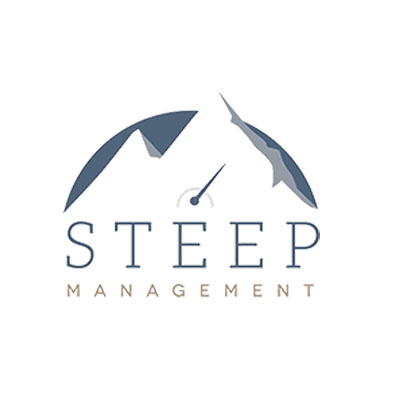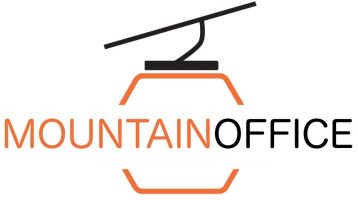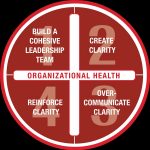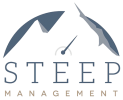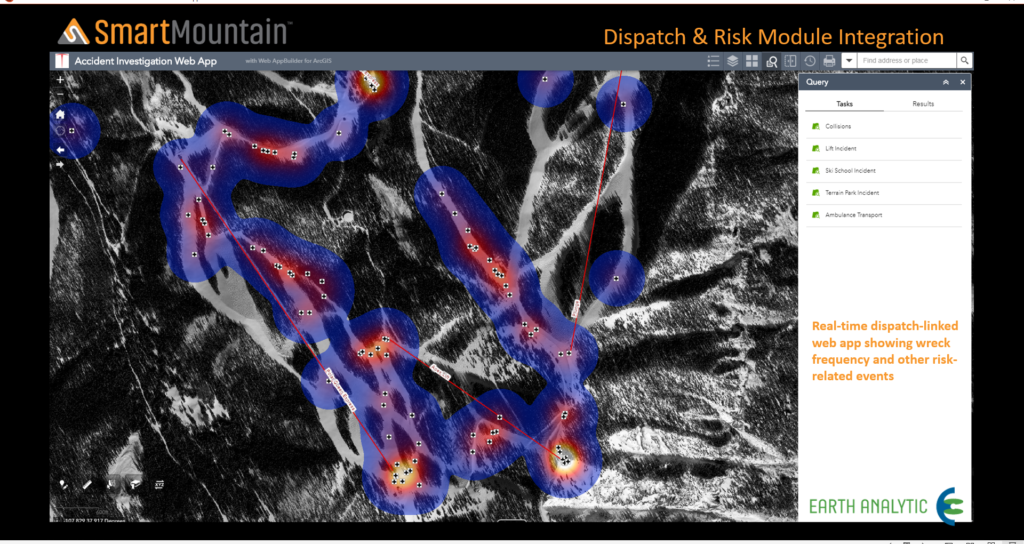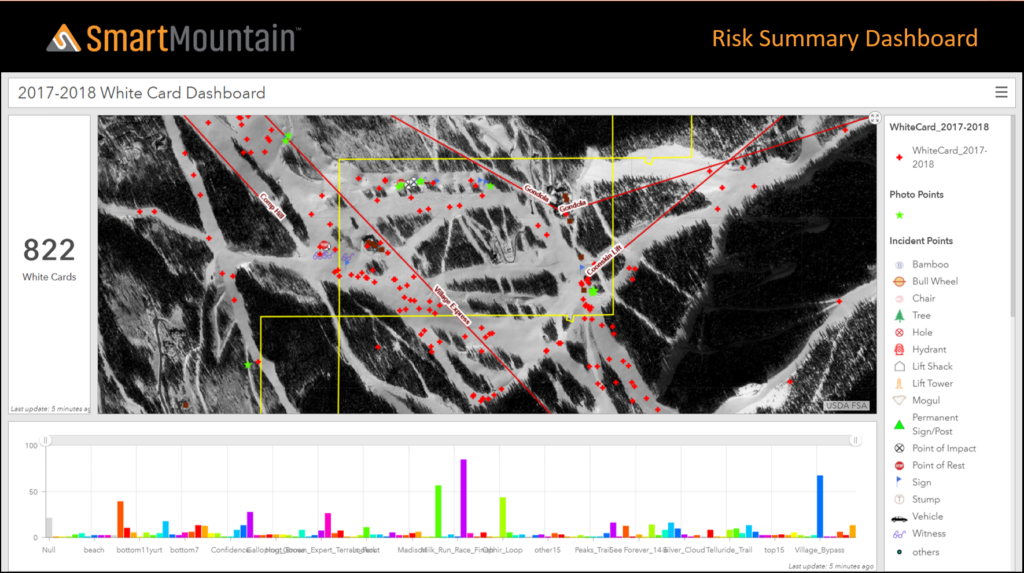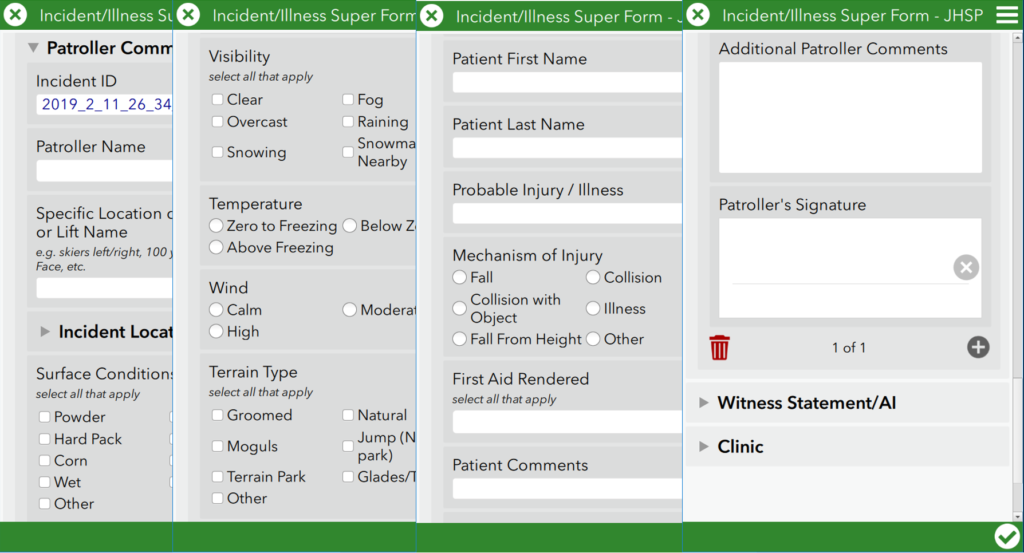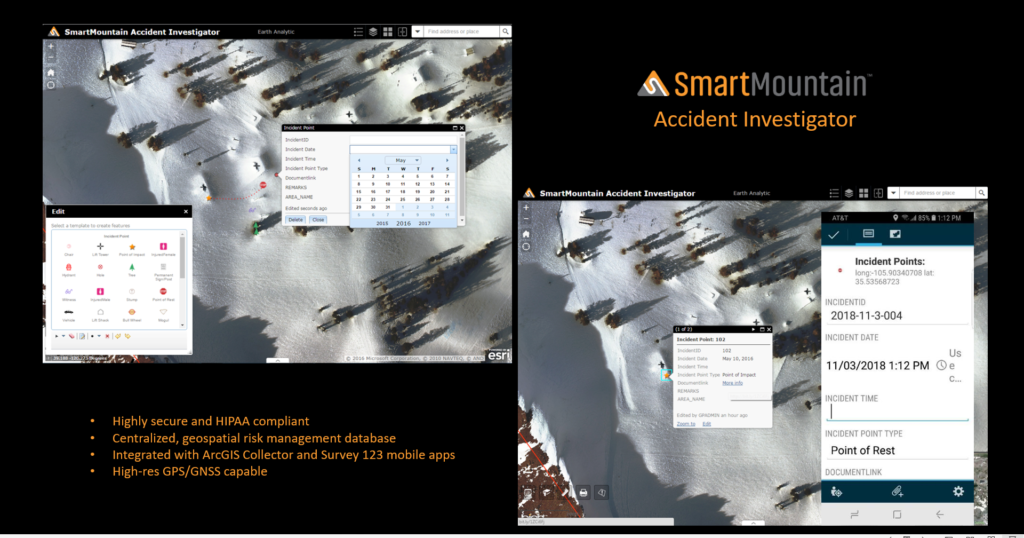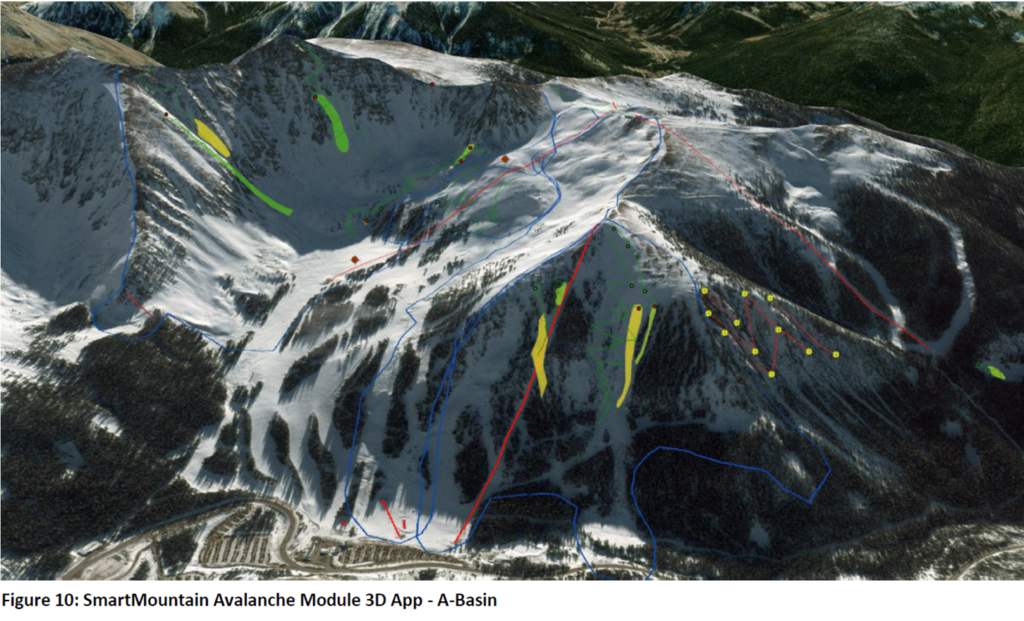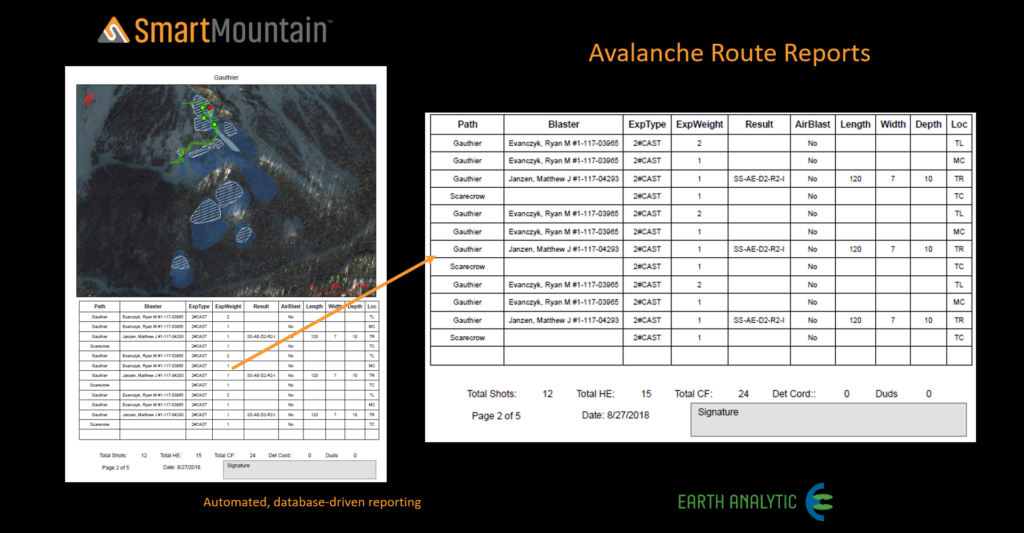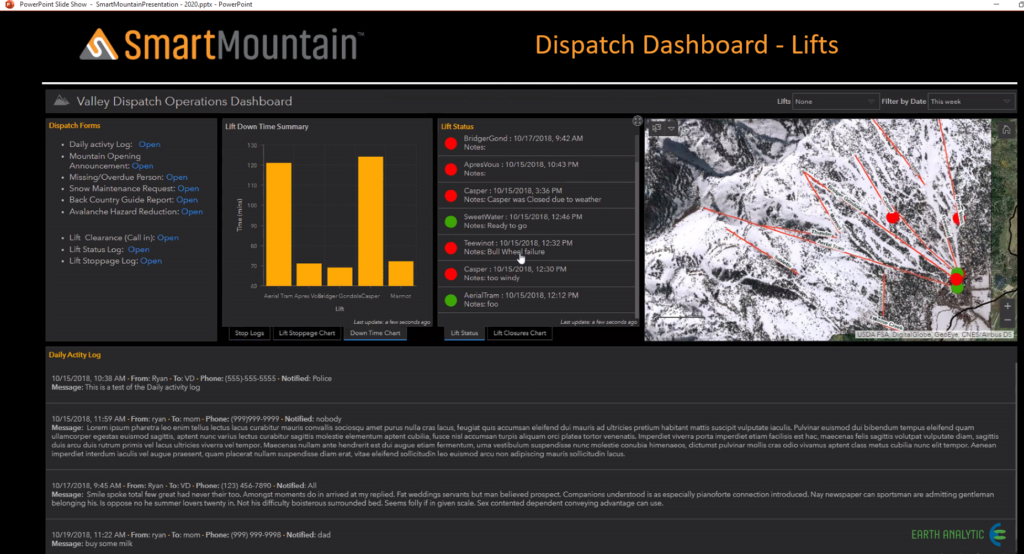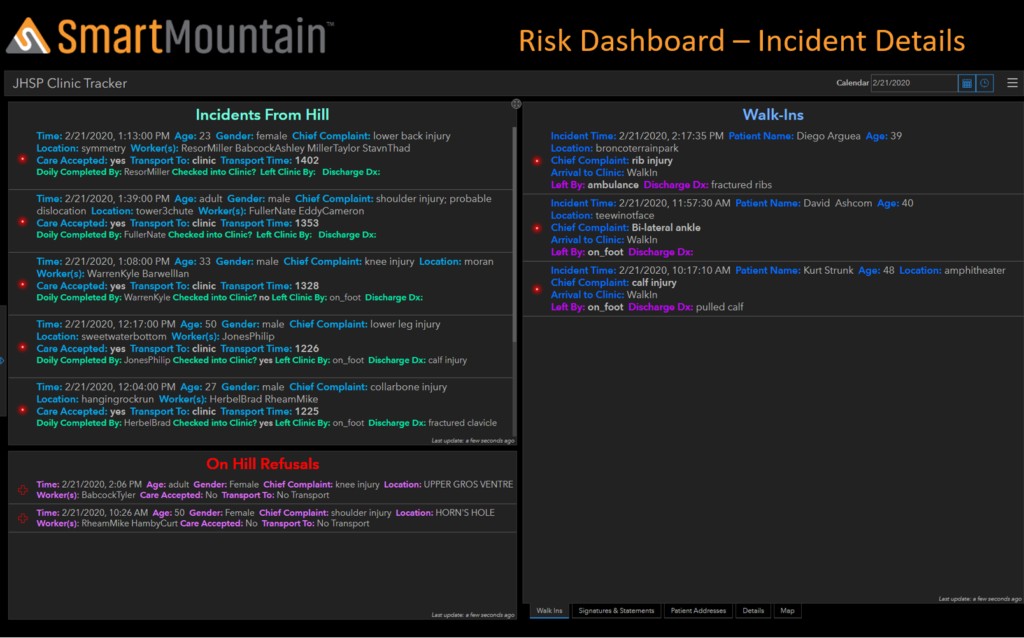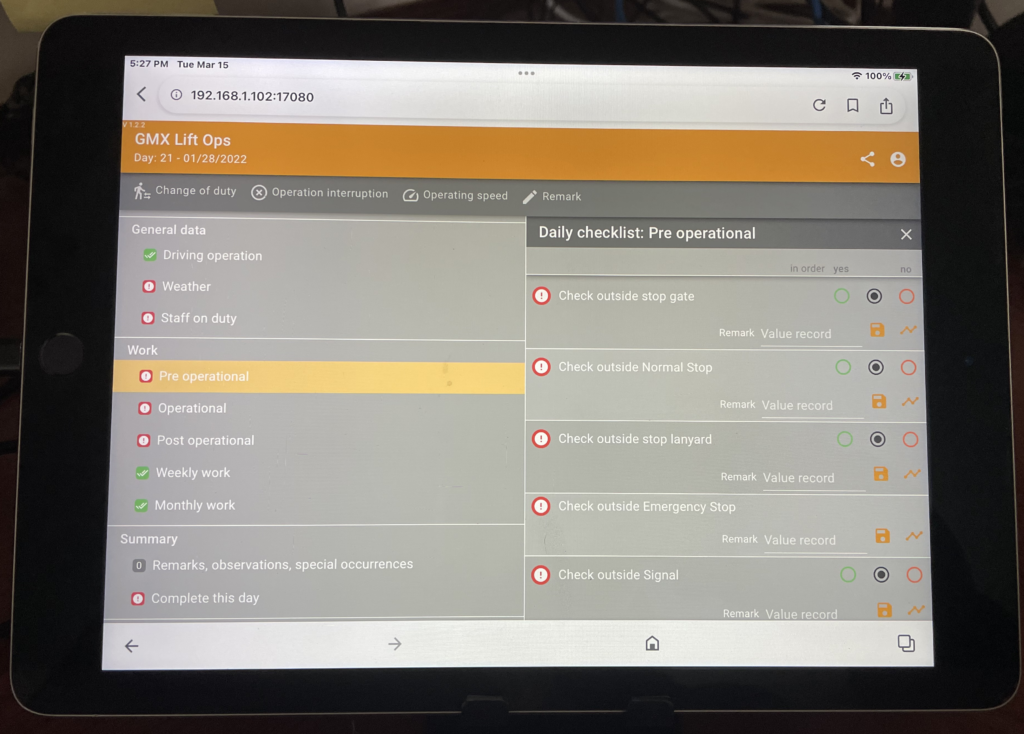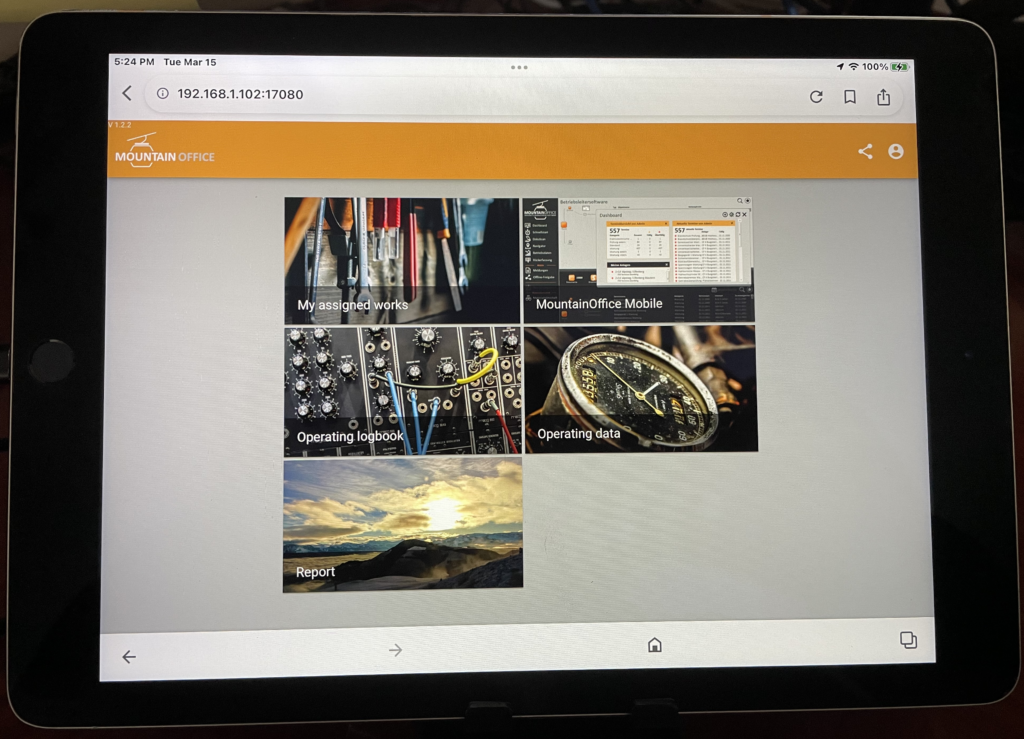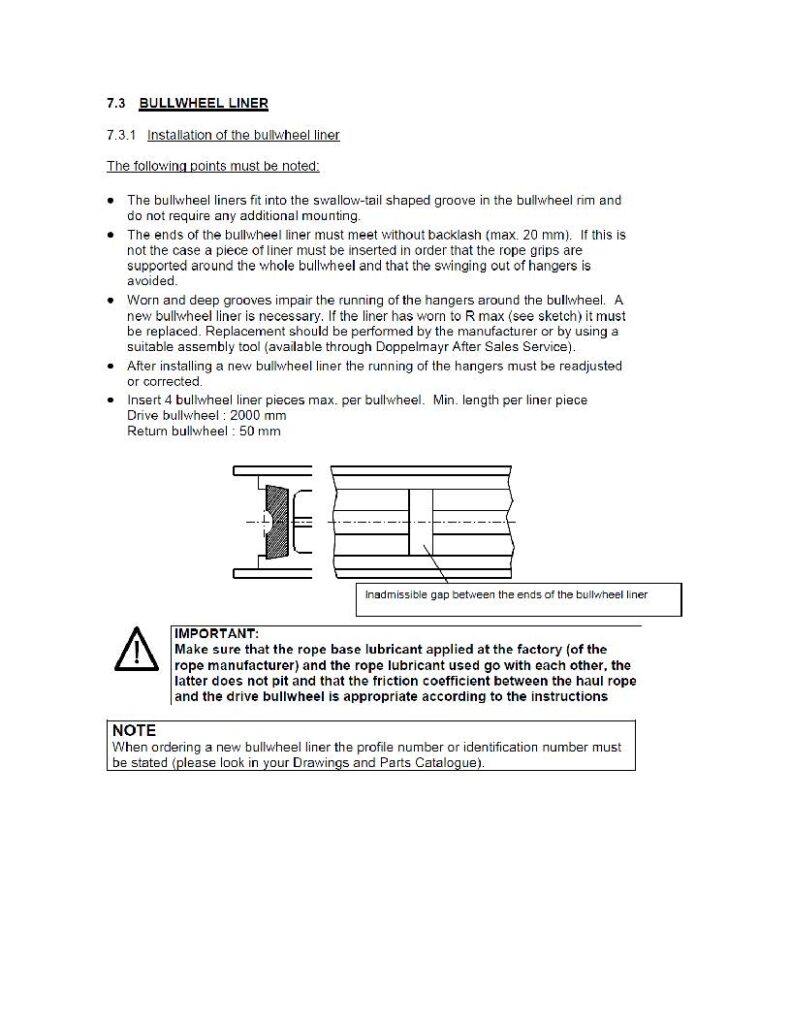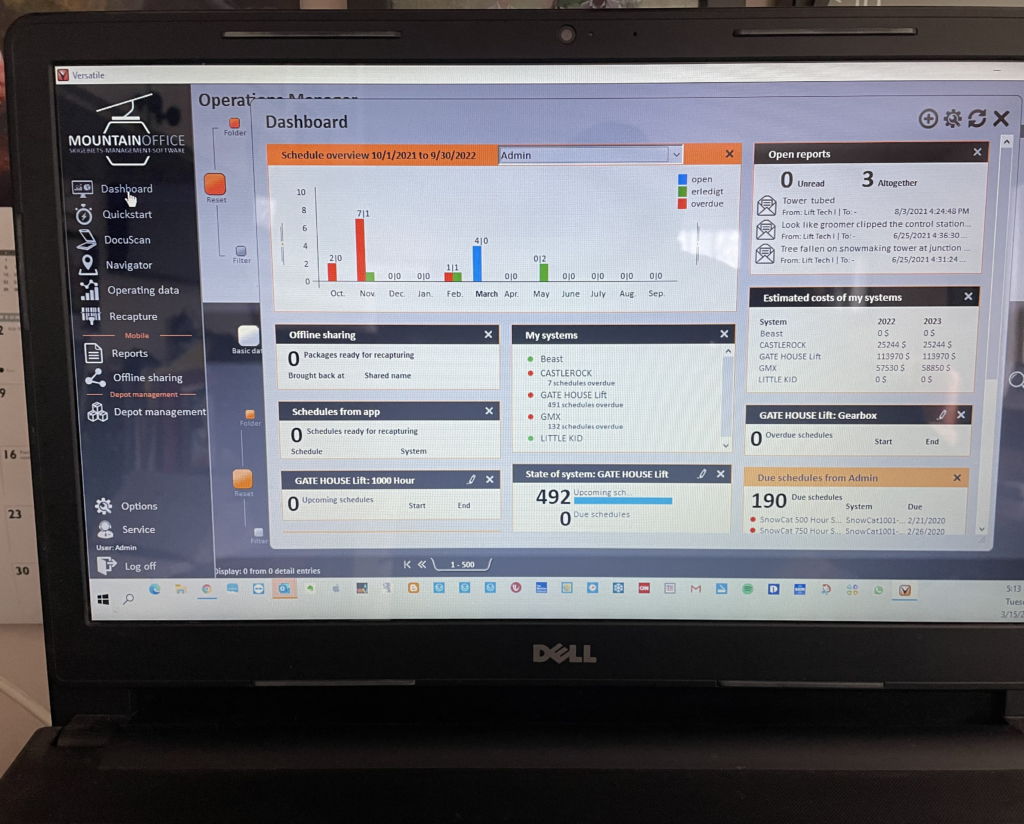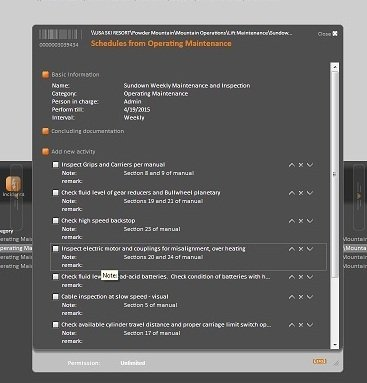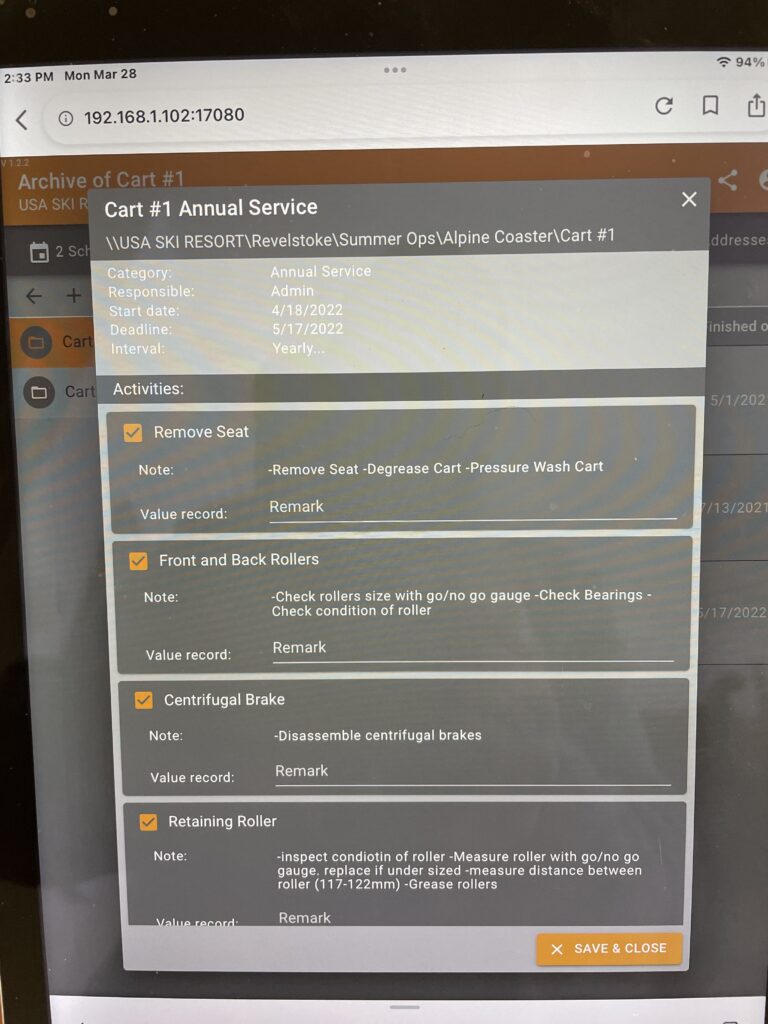TRAINING, PAY, and CULTURE ARE the KEYS

It is no significant revelation that there is and has been a shortage of lift technicians, mechanical and electrical, for several years. The problem is currently exacerbated due to the North American labor shortage brought on by the pandemic. My opinion is that the pandemic did not cause the overall labor shortage but rather accelerated it.
No matter the cause of a labor shortage, a ski area can’t function without competent lift technicians. The problem is real, and the solutions to the issue have to come from within each ski area. Each ski area will have unique issues that need to be locally addressed. However, the ski area industry collectively can and has begun to address these issues. Are the steps taken significant enough to help you today? Unfortunately, no.
There are two issues I will label as global in that these issues are broadly prevalent. I have spoken about them previously; they are training and pay. Relevant to training, NSAA has led with the recent publication of the Lift Maintenance Resource Guide, offering the online Lift Maintenance Series and joining forces with Colorado Mountain College to provide the NSAA/CMC LIFT MAINTENANCE ONLINE EDUCATION PROGRAM. However, more is needed in training as we will need to self-train many hired lift technicians. Here are my suggestions on how to address training in the recruitment process and to existing staff:
- Offer the NSAA/CMC Lift Maintenance Online training as part of the ad for lift techs – meaning the ski area bears the time and cost. Also, have them, upon hiring, enroll in the online Lift Maintenance Series, cost covered by ski area
- Provide the same to existing staff – a requirement
- Utilize the NSAA Lift Maintenance Resource Guide as the basis for building a fully documented onsite training program. Mandate this program be built into the operation of your lift maintenance department. Develop a process of tracking training. ( a suggestion in this area is to engage the entire staff in developing this process – it has to work for all)
- Develop a culture of learning – this will not help in hiring, but it will help in retention
In regards to pay, this is very simple. Raise the pay level to be competitive with the market, representing a lift technician’s skills and work conditions at a ski area. In November of 2017, I addressed this situation, and I am sharing an excerpt I presented back then, raise the dollars by about 10% to adjust for current market conditions.
Based on 2010 NSAA Wage Survey adjusted for inflation, I calculate the weighted average for the following lift maintenance positions:
| Position | Hourly | Annual * |
|---|---|---|
| Experienced lift Electrician | $22.76 | $45,975 |
| Senior Lift Electrician | $25.74 | $51,995 |
| Experienced Lift Mechanic | $20.63 | $41,673 |
| Senior Lift Mechanic | $27.99 | $56,540 |
Net*is based on zero overtime, which is unlikely
The salary range for Caterpillar diesel mechanic as presented by Glassdoor, an online job placement service, is $28.00 – $30.00 per hour or stated annually $56,560 – $60,600. Another online job placement service from Payscale says the salary range for a diesel mechanic is $47,000 – $78,000 annually.
In no way do I belittle any Caterpillar Diesel mechanic, as they have a broad range of skills ranging from diesel engine mechanics, hydraulic and electronic controls as they relate to engine performance. Having stated my respect for Cat diesel mechanics, I would argue that a lift mechanic requires skills equal to or to exceed those of a Cat diesel mechanic, especially true concerning newer detachable lifts and gondolas. Once you throw in the working environment, the risk factor exceeds what a typical Cat diesel mechanic has to experience.
The above analysis does not even address the current market, where house cleaners can make up to $40.00 per hour cleaning for Airbnb rentals, or a new hire at McDonald’s starts at $16.00.
The two other factors to consider are making good hires and having a healthy organization. There is no sense in making a hire who doesn’t fit with the department’s culture or doesn’t fit within the ski area’s culture. Please talk with your HR department; they should be able to help you.
Indeed hiring lift technicians from other ski areas is not an option if there is a toxic environment within the department. This is a small world, and news travels. The organizational health of the organization is critical to hiring good people. Remember, employees leave mainly because of people; this also applies to hiring; they don’t apply or accept an offer.
Summary of what you need to do tomorrow to address the hiring of lift technicians:
- Utilizing existing training tools
- Make them mandatory
- Pay for the training and the time spent in training, even if it is online
- Develop an in-house training program and include time in your budget for training
- Require training as part of normal operations every week, month, and quarter
- Get your compensation in line with the current regional labor market
- Make good hires
- Have a healthy organization
It may sound simple, but if it were so, you would have already done it. No, matter what management says, you can’t have a prosperous ski area without safe and well running and managed ski lifts.
